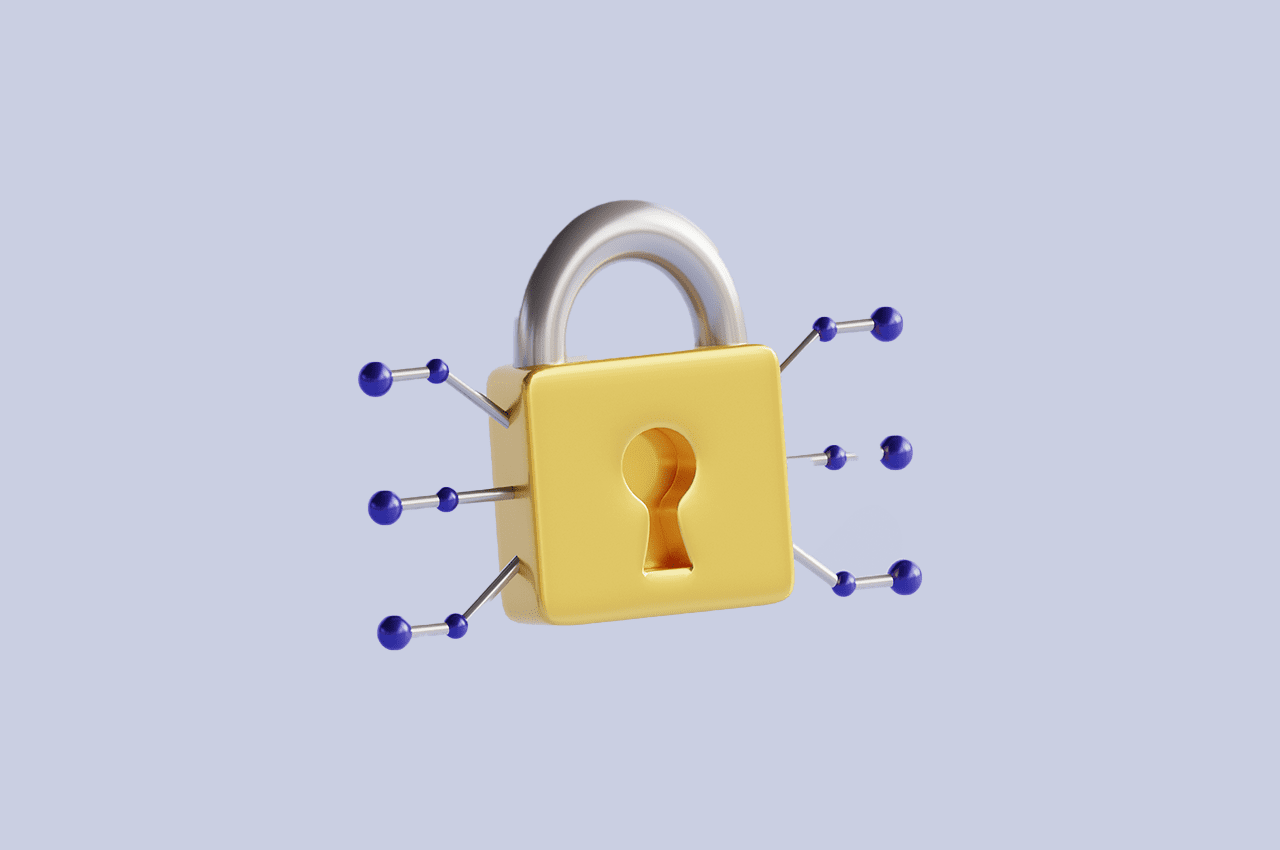How to Ensure Compliance & Data Privacy in HRMS Localization 2023

Introduction to HRMS Localization:
The process of modifying Human Resource Management Systems (HRMS) to satisfy the unique linguistic, cultural, and legal needs of a given nation or region is known as HRMS Localization. It entails modifying the HRMS software to abide by regional rules, including employment standards, tax laws, and labor laws, as well as to support regional languages and cultural norms.
HRMS localization is crucial because it makes sure that HR procedures and policies comply with regional laws and regulations, which might differ greatly from one nation to the next. Organizations may incur legal fees, fines, and even reputational harm for failing to abide by local regulations. In order to support local language and cultural needs, the HRMS software is generally modified throughout the localization process. Examples of this include translating user interfaces, altering payroll procedures, and implementing local tax laws. To make sure the system performs as expected in the local environment, it must also be tested and validated. In general, localizing HRMS is a crucial part of global HR management since it enables businesses to successfully manage their human resources across borders while abiding by local rules and regulations.
Importance of Compliance and Data Privacy:
Data privacy and compliance are crucial components of any organization’s operations. Data privacy refers to safeguarding the confidentiality, integrity, and accessibility of personal and sensitive information, whereas compliance refers to adhering to legal, regulatory, and ethical obligations. The following are some factors that make compliance and data privacy important:
- Legal and Regulatory requirements: Any firm must comply with legal and regulatory standards in order to be able to conduct business. Legal sanctions, fines, and even the revocation of licenses or licences may occur from breaking the rules.
- Protecting Sensitive Information: It’s critical to protect the private and sensitive information of stakeholders, including customers, and employees. It is the duty of organizations to protect this information and keep it out of the wrong hands.
- Maintaining Trust and Reputation: Compliance and data privacy are essential for upholding an organization’s trust and reputation. Negative publicity and reputational harm may result if a company doesn’t follow regulations or protect sensitive information.
- Competitive Advantage: Compliance and data privacy can give firms a competitive edge. Compliance and data privacy are priorities for firms that customers and stakeholders are more inclined to trust and do business with.
- Ethical Obligation: Companies have an obligation to uphold the privacy and rights of their constituents. Compliance and data privacy are given top priority by firms, demonstrating their dedication to moral business conduct.
Compliance and data privacy are critical for businesses to operate legally, safeguard sensitive data, uphold their reputations, acquire a competitive edge, and uphold their moral obligations.
Local regulations:
Local regulations are the laws, ordinances, and guidelines that apply only in a given area. Organizations that operate internationally are required to abide by the laws in each area, which might range greatly between nations and regions. Local laws can have an effect on a variety of HR management issues, including employment contracts, pay and benefits, working conditions, and employee rights when it comes to localizing HRMS. For instance, there might be rigorous guidelines for the language of employment contracts in some places, such as requirements for mandatory clauses addressing working hours, overtime pay, and vacation time. There can be particular laws governing the payment of social security contributions or other taxes in various areas.
Local laws may also have an impact on the obligations for data protection and privacy. Organizations must thoroughly research the legal and regulatory frameworks that apply in each region where they operate in order to ensure compliance with local legislation. They must also put in place HRMS systems that are versatile and adaptable enough to take into account the unique needs of each location. In general, local laws are essential to the localization of HRMS, and firms must make sure that their HR procedures and systems abide by these laws in order to conduct business legally and successfully everywhere.
Data protection and privacy:
Maintaining employee confidence and trust as well as ensuring compliance with data protection and privacy laws depend on protecting employee data. Employers must take precautions to safeguard the employee data that HRMS software collects, stores, and processes in the context of localizing HRMS from unauthorized access, loss, or theft.
Companies should take the following actions to protect data privacy when localizing HRMS:
- Implement Strong Access Controls: Employee data should only be accessible by authorized personnel who have a valid need to do so. Role-based access, two-factor authentication, and other techniques can all be used to build strong access controls. Users must have a strong, one-of-a-kind password that is frequently updated in order to employ password protection. By asking users to give a second form of identity, such as a fingerprint or a one-time code, two-factor authentication adds an additional layer of protection. Organizations can manage who has access to particular system areas based on their employees’ job roles or functions by using role-based access.
- Encrypt Data: To prevent unauthorized access or interception, data is encrypted through a process known as encryption. Both when it’s being delivered over a network and when it’s being stored on a server or other device, employee data should be encrypted. Different techniques, such as SSL/TLS encryption for data in transit and file- or disk-level encryption for data at rest, can be used to encrypt data.
- Monitor System Access: To spot any illegal access or dubious activity, organizations should periodically monitor access to their HRMS systems and audit logs. This can be done in a number of ways, including with the help of security information and event management (SIEM) tools that scan system logs and spot anomalies instantly.
- Provide Employee Education: Workers need to understand the value of data privacy and how to secure their own personal data. Clear policies and procedures for reporting any potential data breaches, as well as training programs, workshops, and other techniques, can help achieve this. Employees should also be informed of the negative effects of data breaches, including monetary loss, reputational harm, and legal ramifications. For the purpose of discovering and lessening the impact of a breach, it is crucial to offer employees clear channels of communication through which they can report any suspected data breaches.
In general, to maintain data privacy in HRMS localization, tight access controls, data encryption, system access monitoring, and employee education are crucial elements. These actions assist firms in protecting employee data against loss, theft, and unauthorized access as well as in adhering to data protection and privacy laws.
To read more about the importance of HRMS Localization, refer to our blog Top 5 Trends & Predictions for HRMS Localization in 2023
Conclusion:
In conclusion, given to the sensitive and personal nature of the data gathered and processed by HRMS software, compliance and data privacy are critical in HRMS localization. Organizations must ensure that their systems are in accordance with the legal and regulatory frameworks in the regions in which they operate. Noncompliance with these regulations can result in substantial fines and penalties.
Employment contracts, wages and benefits, working hours, and employee rights can all range greatly between countries and regions. Organizations must perform extensive study into the legal and regulatory frameworks that apply in each region in which they operate, and they must design HRMS systems that are adaptive and flexible enough to satisfy the unique requirements of each region.
Employee data protection is critical for maintaining trust and secrecy, as well as ensuring compliance with data protection and privacy legislation. Organizations must adopt tight access controls, encryption, and monitoring system access to protect employee data from unauthorized access, loss, or theft. Overall, compliance and data privacy are critical in the localization of HRMS, and firms must prioritize these principles to ensure legal and effective operations in any location where they operate.




